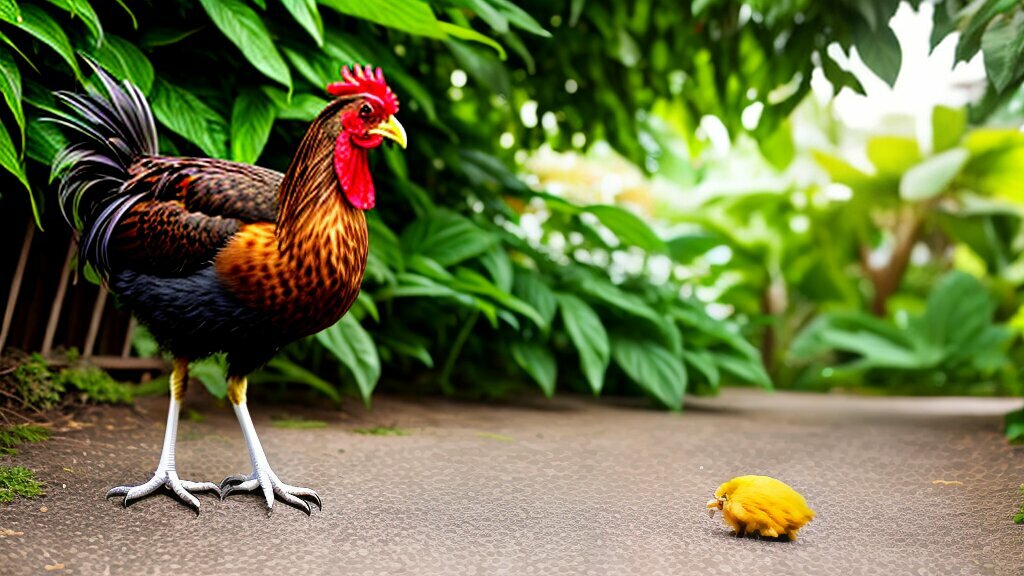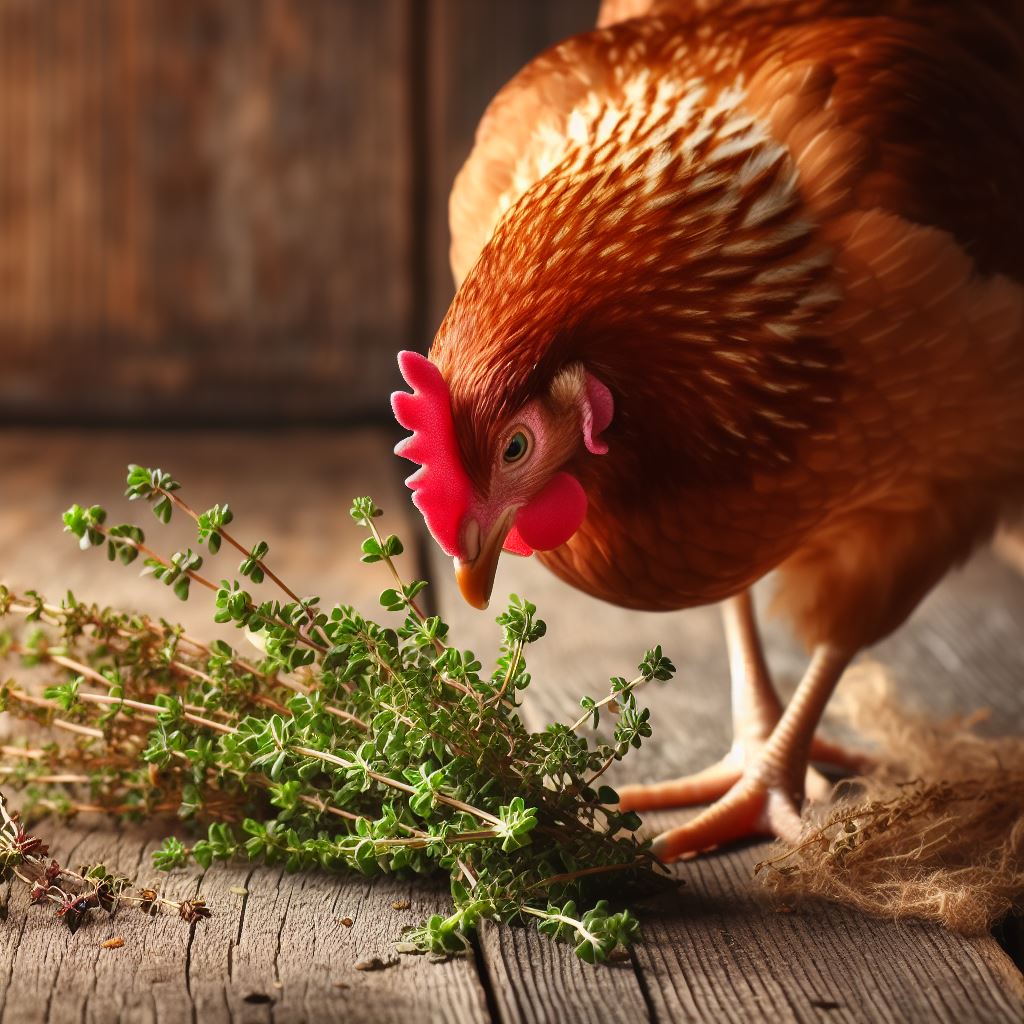Can Chickens Eat Star Fruit?

Table of content:
Star fruit comes from a tree native to Asia and is also known as carambola. As more chicken owners experiment with fresh fruits and vegetables for their flock, many want to know – can chickens eat star fruit safely?
While star fruit provides some nutritional benefits, it does pose potential risks and toxicity if chickens consume too much. Like many fruits, it contains seeds and antinutrients that can cause problems when eaten in excess. However, chickens can enjoy small, occasional portions of star fruit as a treat. Let’s look at the pros and cons to understand how to feed star fruit to chickens responsibly.
Nutritional Value of Star Fruit for Chickens
The star fruit itself contains a fair amount of fiber and vitamin C. One whole star fruit provides approximately 3 grams of dietary fiber and 34 milligrams of vitamin C. It also has small amounts of vitamin A, calcium, potassium and phosphorous.
Additionally, star fruits contain various antioxidant compounds like quercetin, gallic acid and epicatechin. Antioxidants help reduce inflammation and cell damage in the body.
For chickens, the nutrients in star fruit may provide some benefits. The high vitamin C content can promote immunity, important for preventing and recovering from diseases. One study found giving chickens additional vitamin C improved egg production and hatchability.
The fiber aids digestion while the antioxidants support overall health. So in moderation, star fruit may positively contribute to a chicken’s diet.
Potential Concerns and Risks of Feeding Star Fruit
However, there are some downsides and risks to be aware of when offering star fruit to chickens.
Oxalic Acid Content
One issue is that star fruit contains significant amounts of oxalic acid. Oxalates bind to calcium in the body, making calcium unavailable for absorption and use. Very high intake can leach too much calcium from the blood, leading to hypocalcemia.
Symptoms of hypocalcemia include muscle twitching, convulsions and heart abnormalities. Extremely high oxalate levels can be fatal.
Luckily, the oxalate concentration in star fruit appears low enough that chickens would have to eat a huge quantity to reach toxic levels. But it’s still smart to limit intake.
Cyanide Content
Additionally, the skin and seeds of star fruit contain glycosides – compounds that can break down into hydrogen cyanide. Cyanide prevents cells from utilizing oxygen properly.
Again, the levels found in star fruit are likely too low to seriously harm a chicken. But it’s ideal to remove the skin and seeds before feeding to reduce exposure.
Diarrhea and Digestive Upset
Finally, overdoing star fruit may simply cause diarrhea or upset digestion. The high sugar and acidity compared to chicken’s regular feed can throw off the gut environment and microbiome.
Any new treat should be introduced slowly and fed in moderation.
Feeding Recommendations
Knowing the benefits and risks, how should star fruit be incorporated into a chicken’s diet? Here are some tips:
- Start with very small amounts, such as a few thin slices per chicken.
- Feed only occasionally, just a few times per week at most.
- Always remove the skin and seeds before feeding the fruit.
- Choose ripe but still firm star fruit. Overripe and damaged fruit spoils faster.
- Cut the star fruit into small pieces for easier eating.
- Introduce slowly over the course of a week or two, watching for loose droppings.
- Don’t allow star fruit to rot or mold before consumption.
- Make sure chickens always have access to insoluble grit and calcium sources like oyster shell.
- If any chickens develop diarrhea, cease star fruit immediately.
- Avoid feeding star fruit every day long-term due to the antinutrients. It’s best as a treat.
Following these precautions, star fruit should be a safe, nutritious supplement. The small servings provide antioxidants, vitamin C and fiber without going overboard on oxalates or cyanides.
Healthy Treat Options
For variety, you can also offer other fruits and veggies as occasional treats. Here are some other healthy options:
Fresh produce:
- Watermelon
- Tomatoes
- Cucumbers
- Strawberries
- Blueberries
- Raspberries
- Pumpkin
- Winter squash
- Sweet potatoes
- Beets
- Carrots
- Broccoli
- Spinach
- Kale
- Parsley
- Apples
- Bananas
Leftover produce scraps:
- Stalks and ends of veggies
- Broccoli stems
- Carrot tops
- Melon rinds
- Apple cores
- Citrus peel
A diverse diet with lots of fresh foods supports overall chicken health and productivity. Just be mindful of introducing new items slowly and limiting any single treat food.
Conclusion: Can Chickens Eat Star Fruit?
Chickens can safely eat small amounts of star fruit as an occasional treat. Star fruit offers nutrition like vitamin C, fiber and antioxidants that may benefit chicken health.
However, the seeds, skin and high acidity can cause issues if chickens overindulge. By removing the skin and seeds, and limiting intake to just a few times a week, star fruit can be a fun, healthy supplement without risking toxicity.
Always start slowly with new foods and discontinue if any chickens have adverse reactions. Following basic precautions, star fruit is one interesting fruit chickens can try for some tropical flavor.
Welcome. I’m Adreena Shanum, the proud owner of this website, and I am incredibly passionate about animals, especially poultry. I founded adreenapets.com as a labor of love, stemming from my desire to share my knowledge and experiences with poultry enthusiasts worldwide.




